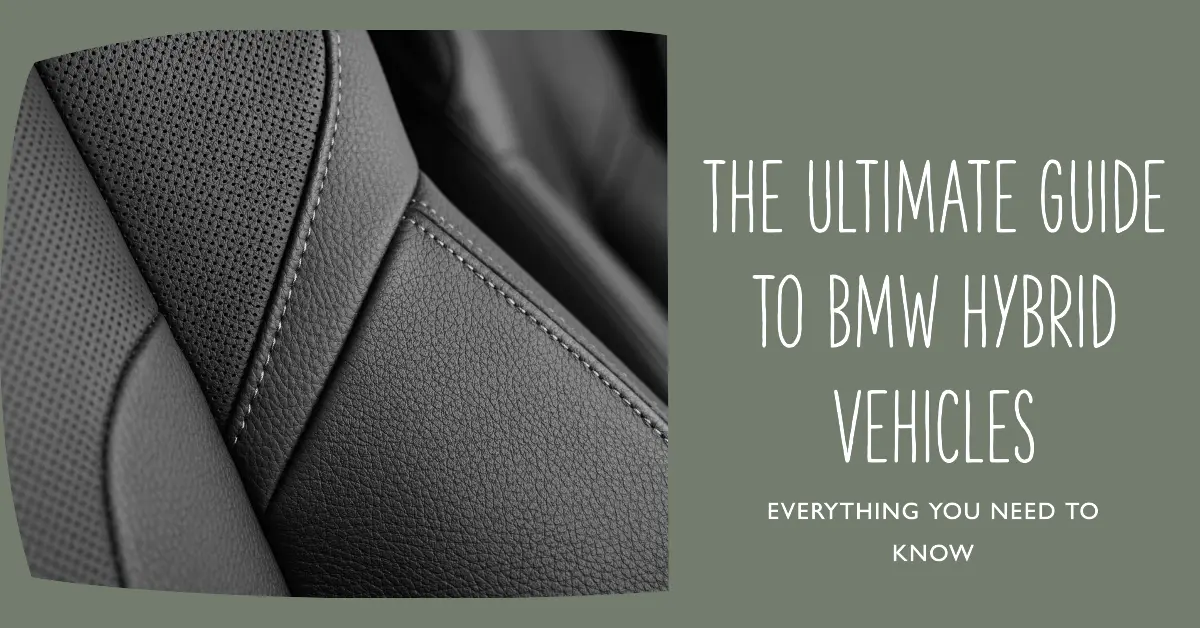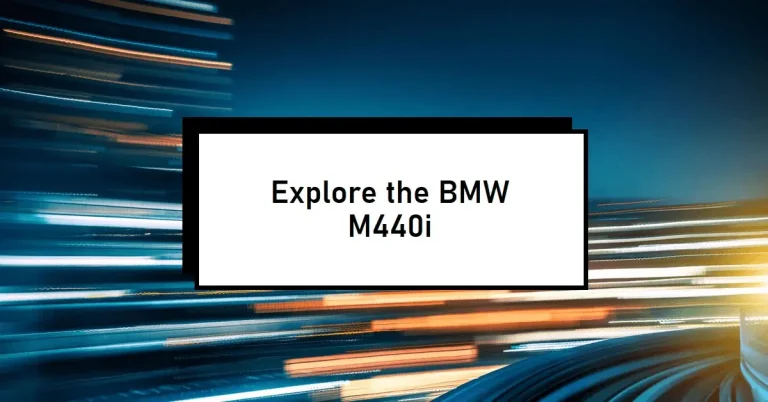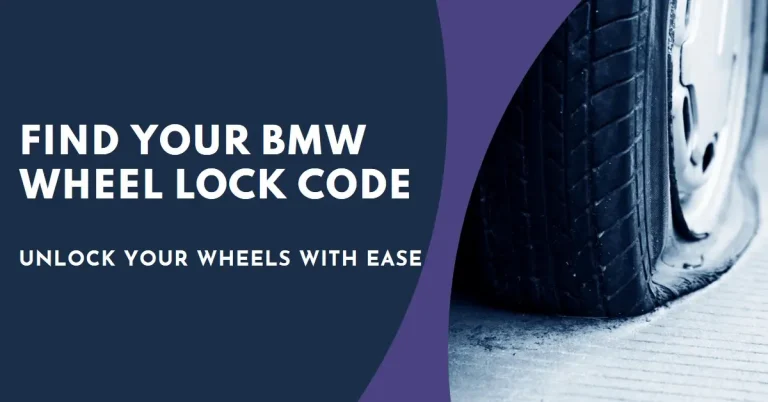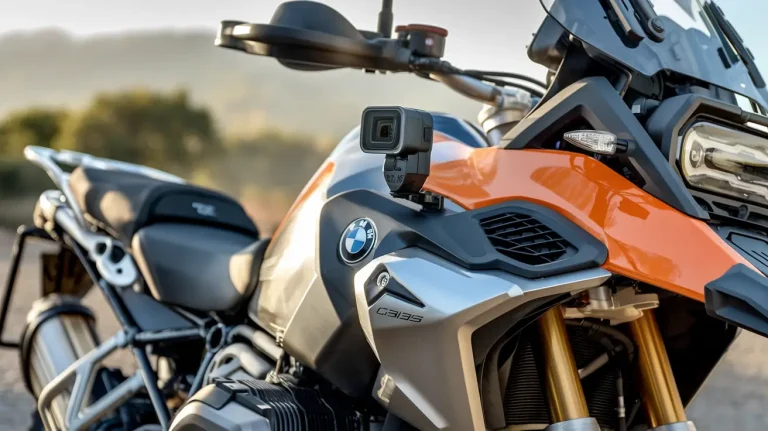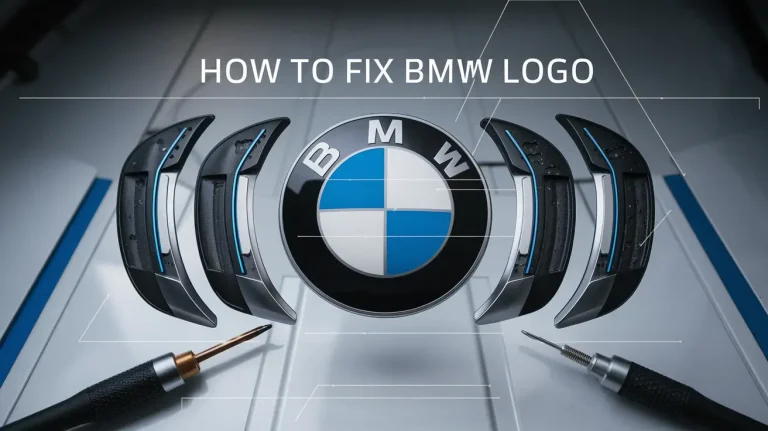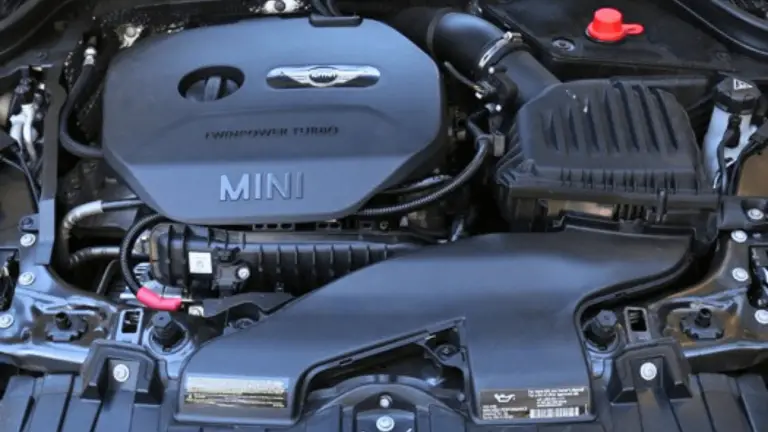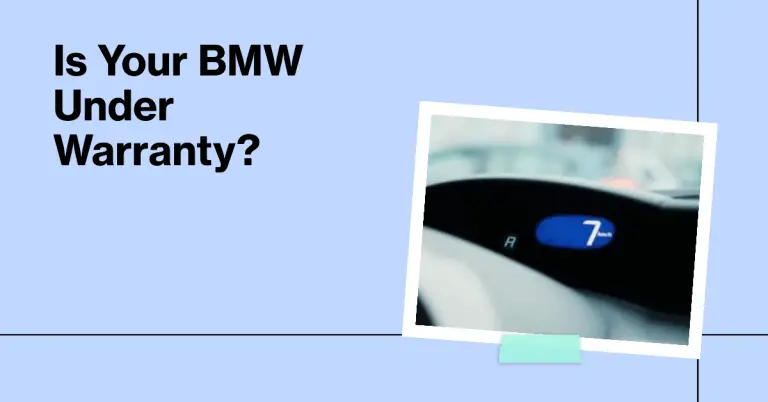The Ultimate Guide to BMW Hybrid Vehicles.
BMW has long been synonymous with performance luxury vehicles. But over the past decade, the automaker has also established itself as a leader in sustainable mobility through advanced hybrid technologies across its lineup. BMW’s plug-in hybrid electric vehicles (PHEVs) allow drivers to enjoy the responsiveness and amenities expected from the brand along with the efficiency and environmental benefits of part-time electric driving.
This guide explores BMW’s approach to electrification through their current hybrid models. We’ll compare features, charging solutions, ownership experiences, and more so you can see firsthand why a BMW PHEV offers the ultimate dynamic driving experience.
BMW’s Expanding Range of Hybrid Vehicles
BMW launched its first hybrid vehicle, the ActiveHybrid X6 luxury coupe SUV, back in 2009. Since then, hybrid options have expanded across their portfolio of luxury vehicles.
Today, there are plug-in hybrid variants available across the brand’s most popular model lines:
- 3 Series PHEVs – BMW’s iconic luxury sport sedan now comes with 330e and 330e xDrive plug-in hybrid models featuring rear-wheel drive and all-wheel drive respectively. Drivers can expect over 20 miles of electric range and 68 MPGe.
- X5 PHEVs – The midsize X5 luxury SUV offers 45e and 45e xDrive plug-in hybrid models with over 50 miles of electric driving range per charge and 56 MPGe combined.
- 7 Series PHEVs – BMW’s flagship luxury sedan, the 7 Series, comes in 745e xDrive delivering a substantial 54 miles of electric range and 52 MPGe efficiency.
- XM PHEV – BMW’s new performance flagship SUV features a hybrid variant called the XM PHEV. Details are still emerging on this model set to launch in 2024.
Across the lineup, BMW’s seasoned hybrid vehicles now come with increased electric driving range along with classic hallmarks like available xDrive AWD, dynamic handling, and luxurious, tech-focused cabins.
Why Drive a BMW Plug-In Hybrid? Benefits Revealed
BMW’s lineup of hybrids manages to balance sustainability and performance in one incredible package. Here’s a closer look at some of the major perks:
Lower Environmental Impact
The electric motor allows BMW PHEVs to drive silently with zero emissions for 15-50+ miles depending on the model. This allows many daily commutes and short trips to happen via battery power alone, significantly reducing greenhouse gas emissions compared to conventional gas vehicles.
Over longer distances, the gas engine seamlessly kicks in for hybrid driving. However, the ability to drive on electricity in urban areas still plays an important role in lowering air pollution levels.
Reduced Fuel Costs
Despite featuring twin-power turbo engines alongside electric motors, BMW’s plug-in hybrids are exceptionally efficient when it comes to MPGe. For example, the 7 Series PHEV is rated for 52 MPGe combined.
This means if you fully utilize both the electric and gas capabilities through regular charging and strategic electric-only driving, you can maximize savings at the pump. The EPA found PHEV owners typically save upwards of 50% on fuel costs over gas-only vehicles.
Home & Public Charging
One of the major assets of BMW’s hybrids is access to flexible charging solutions. With a Level 2 home charger installed, drivers can fully recharge most models in 3-4 hours. BMW also offers hassle-free home charger installation through their Charging partnership.
For longer trips or when away from home, BMW PHEVs can tap into the nationwide network of EVgo DC Fast Charging stations for rapid 30 minute charge sessions. So road trip range anxiety becomes a thing of the past.
Financial Incentives
Federal tax credits along with state and local incentives can reduce the upfront and ongoing costs of BMW’s plug-in hybrid models even further. Depending on the configuration, certain BMW PHEVs may qualify for federal tax credits up to $5,836 along with additional state rebates and HOV lane exemptions. Your dealer can provide more details on incentives in your area.
For companies adding electrified vehicles to their fleet, BMW hybrids may also qualify for corporate tax deductions as well as grants and specialized charging infrastructure funding.
How To Charge Your BMW Hybrid?
One of the top questions drivers have before investing in a PHEV is how to charge it.
BMW aims to make the charging process as convenient as possible whether you’re at home or on the go.
Home Charging Solutions
Most BMW PHEV owners will do the majority of charging at their residence using a 240V Level 2 home charging station.
Level 2 equipment provides 10-25 miles of range per hour of charging by supplying much more power than a standard wall outlet. This allows drivers to easily recharge overnight or between short trips.
BMW has partnered with Amazon Home Services to offer discounted pricing on home charger installation starting at $299. Their electricians can assess your electrical panel, permitting needs etc and install a unit like the ClipperCreek HCS-60 configured for your specific PHEV model. Additional accessories like weather enclosures and WiFi connectivity can also be added.
Some key factors to consider when installing a home charger include:
- Available space in your garage or driveway to accommodate the wall-mounted or pedestal charger.
- Sufficient electrical capacity and amperage from your home’s breaker panel. Upgrades may be needed in some cases depending on home age and current demand.
- Allowable charging current of your BMW hybrid model (most support up to 16 amp charging).
- Getting the necessary permits and inspections from your local jurisdiction.
Public Charging Infrastructure
In addition to home charging, BMW PHEV drivers have access to over 800 DC Fast Charging stations from partners like EVgo located across the country.
DC Fast Charging works by supplying direct high-voltage current to rapidly charge a vehicle’s battery in around 30 minutes. This minimizes downtime when you need to refuel while on road trips or away from your charger.
BMW PHEV models are equipped with the latest Combined Charging Standard (CCS) ports compatible with these DC fast charging stations. Drivers simply create an account, connect the charging cable to their vehicle’s charge port and payment occurs automatically after the session is complete.
EVgo also has partnerships with major retailers like Whole Foods, Albertsons, and Walmart to locate charging plazas conveniently close to prime destinations. The EVgo app and BMW’s in-vehicle navigation allow you to easily locate nearby compatible stations along your route.
Some workplaces are also adding PHEV charging stations in their parking facilities to power up employee vehicles during the workday.
What’s It Like to Own a BMW Hybrid? Real Experiences
Combining EV efficiency with BMW’s signature driving dynamics makes their plug-in hybrids compelling ownership propositions. But how do they actually fare out on the road? We tapped current BMW hybrid owners to get their first-hand impressions.
Smooth, Quick Acceleration
“I’ve been driving BMWs for over a decade now but was initially skeptical about the hybrid technology compromising the performance I’ve come to expect”, says James W. of Los Angeles, owner of a 2023 BMW 745e sedan.
“However, the instant torque from the electric motor combines seamlessly with the powerful turbo engine for acceleration that pins you back into the luxury seat whenever I need it.”
This sentiment is echoed by many BMW PHEV owners who are happily surprised by the rapid throttle response and belief-defying 0-60 times these hybrids achieve – often under 5 seconds even in large luxury vehicles!
Even More Range Than Expected
Melissa P. traded in her aging Toyota Prius for a 2023 BMW 330e last fall hoping to reclaim a sporty drive while maintaining great MPG in city driving.
“I consistently get over 25 miles running local errands before the gas engine kicks on. And I rarely need to fill the small gas tank between those trips. The overall range once both powertrains work together is phenomenal. Last summer we took the 330e on a 800+ mile road trip with just two quick charging stops along the way and no range anxiety
Lower Maintenance Requirements
Some assume that hybrid powertrains must increase ownership costs due to added complexity. However the experiences of Ross D., owner of an X5 45e, challenges those notions:
“This is my 3rd BMW SUV but first electrified one. I expected more maintenance given the additional battery and motors. But so far, it’s performed flawlessly over 25,000 miles with fewer major service requirements than my old gas models at this point. The included free scheduled maintenance has handled basic upkeep and software updates.”
While the high voltage battery does take up cargo space compared to non-hybrid variants, many owners find the space and folding seats remain ample for daily use. Plus lifting the hidden compartment reveals extra concealed storage as well – perfect for keeping valuables securely out of sight.
Surprisingly Nimble Around Town
Jean S. moved up north after retiring and hoped her next vehicle could handle New England winters while allowing her to stealthily zip through congested city streets.
“I fell in love with the way the X5 hybrid confidently handles slippery roads and deep snow with the security of xDrive AWD. Yet it drives much smaller than its size thanks to instant electric torque vectoring power between all 4 wheels. I can U-turn and park it places that make my friends shake their heads in disbelief for such a large luxury SUV!”
Lower Environmental Impact
Of course one of the prime motivations for hybrid ownership among BMW’s clientele is dramatically reducing emissions and fuel usage compared to their previous vehicles. Grant T’s experience mirrors the appeal:
“I leased a BMW 530e for my long work commute after becoming more eco-conscious recently. The ability to drive over 20 miles emissions free each day, then average above 80 mpg with gas assistance over additional highway miles makes a measurable impact at scale. And I’m still enjoying the renowned performance BMW is famous for – it’s a win-win.”
Based on actual user experiences, BMW plug-in hybrids present the best aspects of both worlds – EV efficiency paired with the luxurious driving signature loyalists appreciate.
How Do BMW’s Hybrid Models Compare? Find the Best Match
Deciding between similar models across BMW’s hybrid lineup comes down to a few key factors:
Personal Driving Habits – Those with shorter daily commutes or urban driving will benefit most from PHEVs prioritizing all-electric range over 30+ miles. Meanwhile highway warriors should optimize for MPG efficiency and road trip refinement.
Cargo & Passenger Space – Smaller sedans like the 3 Series sacrifices some roominess and storage compared to SUVs. But their nimble handling and quick acceleration offers driving purists satisfaction not matched by larger vehicles.
Budget – Purchase price, projected tax savings/incentives along with fuel and maintenance costs vary across BMW’s hybrid range. Carefully compare TCO implications before committing. Leasing can alleviate some uncertainties for first-time electrified owners as well.
Performance Needs – Horsepower, torque, and available all-wheel drive differs based on preferences for straight line speed, handling, and weather/terrain needs. Test drive models along varying routes to experience capabilities first-hand.
Use the side-by-side comparison table below to contrast BMW’s current plug-in hybrid models across these key variables:
| Model | Electric Range | MPG/MPGe | Horsepower | 0-60 MPH | Cargo Space |
| BMW 330e | 22 miles | 76 MPGe | 288 HP | 5.6s | 13 cu ft |
| BMW X5 45e | 54 miles | 50 MPG | 389 HP | 5.3s | 33 cu ft |
| BMW 745e | 54 miles | 52 MPGe | 389 HP | 4.7s | 18 cu ft |
| BMW XM PHEV | TBA | TBA | 750+ HP | <4s | TBA |
While each PHEV variant delivers a memorable driving experience paired with lower environmental impact, minor tradeoffs exist. Carefully weigh priorities around capabilities and practicality to select the optimal BMW hybrid for your lifestyle. Book test drives with local dealers once you’ve narrowed down top contenders.
The Road Ahead: BMW’s Vision for Sustainable Mobility
BMW has committed to further electrifying their entire vehicle lineup over the next decade enroute to a 50% EV share by 2030. By that timeline, plug-in hybrid technology will mature to deliver up to 100 miles of electric range across additional model lines.
And BMW has confirmed fully electric platforms are coming soon to core lineup staples like the 7 Series sedan, 5 Series sedan, and X1 compact SUV. These will complement the BMW iX SUV and i4 sedan EVs recently launched.
Further out, the NEUE KLASSE project promises to completely reinvent BMW’s vehicles, production methods, and customer experience around the possibilities of electrification. With a focus on circularity and sustainability across the entire lifecycle – from raw materials to recycling.
BMW is also expanding charging partnerships and participating in battery recycling initiatives to address critical pieces of the ownership journey.
The combination of signature driving pleasure customers expect from the brand with responsible renewable sourcing and manufacturing practices will define the future of luxury transportation this decade and beyond.
Frequently Asked Questions About BMW Hybrid Vehicles
How long will the high voltage battery in a BMW PHEV last?
Independent testing suggests BMW’s latest plug-in hybrid batteries retain over 90% of original capacity after 100,000+ miles assuming proper maintenance. The battery warranty covers up to 8 years / 100,000 miles as additional assurance.
Do all BMW Dealerships service PHEV models?
Yes – all BMW dealers provide certified technicians and tools needed for safely servicing high-voltage systems across BMW’s hybrid lineup. Software updates occur with standard maintenance as well.
Can BMW PHEVs use public EV charging stations?
Yes – DC Fast Charging works at nationwide networks like Electrify America, EVgo, ChargePoint, EV Connect, and others using the CCS standard supported by BMW. Public Level 2 stations also compatible although charge times will be slower.
Do the PHEV variants lose cargo or interior passenger room?
Rear cargo space is reduced slightly in sedan trunks to accommodate battery placement. However, cabin dimensions remain comparable so passenger space is not impacted. SUV models retain generous cargo flexibility since batteries mount below the load floor.
How long do home charger installation appointments take?
After ordering your preferred Chargepoint or ClipperCreek charger, certified installers can typically complete home installation within 1-2 weeks depending on permitting/inspection timelines. BMW’s partnered electricians manage the entire process start to finish.
Experience BMW’s Electrified Future Today
BMW’s lineup of plug-in hybrid electric vehicles offer drivers the perfect combination of EV environmental benefits and the celebrated performance the brand is revered for. With expectations of up to 100 mile electric ranges and more hybrid models slated for release over the coming years, the possibilities are only expanding.
Visit your local BMW dealer to take advantage of existing hybrid test drive offers and incentives today. Then complete the journey toward sustainable luxury mobility that perfectly fits your lifestyle needs both now and in the future.

